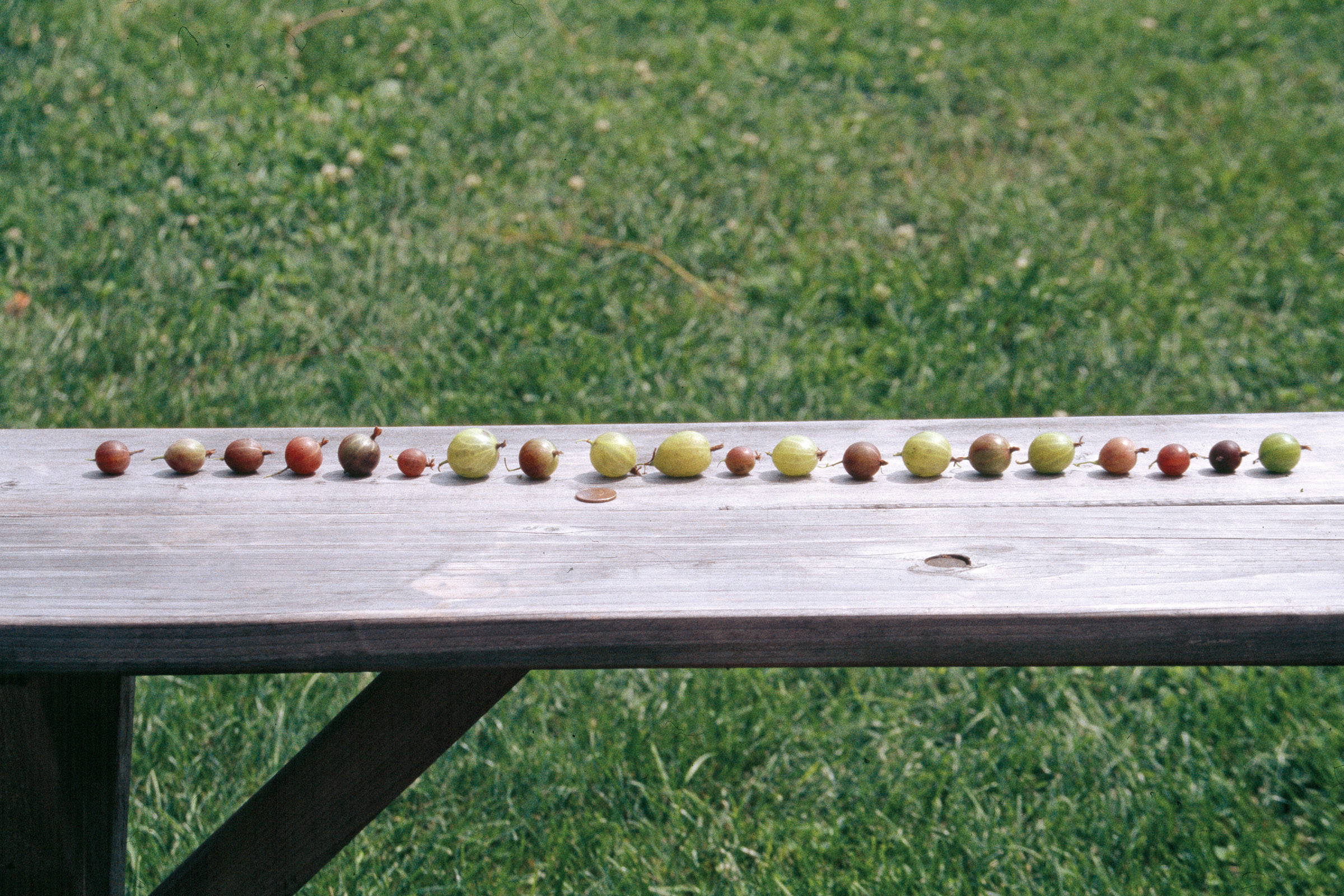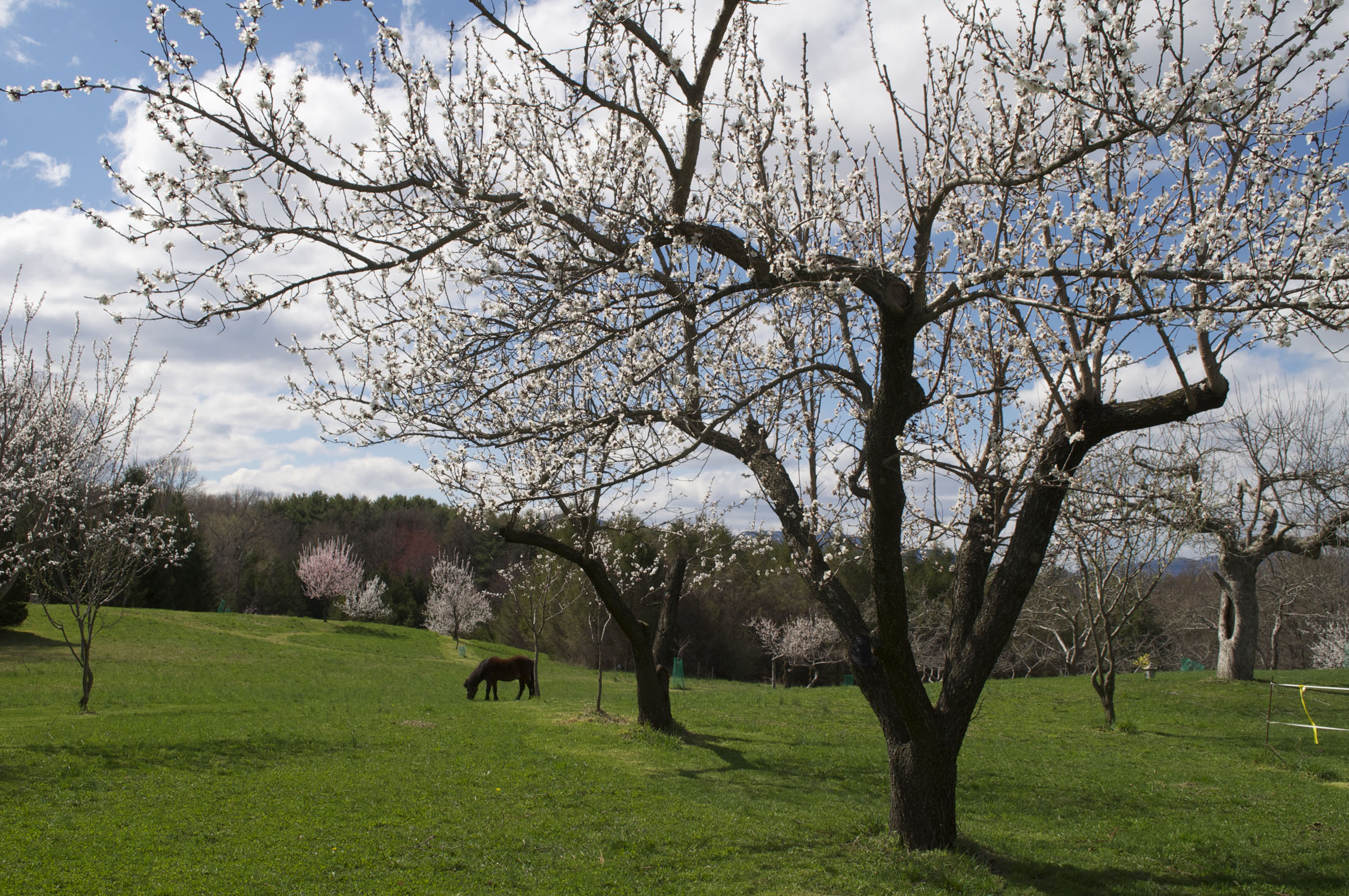GOOD GERMS
/0 Comments/in Fruit, Vegetables/by Lee ReichDespite its sinister sound, a “germplasm collection” spells good things for farmers and gardeners alike. Think beyond the flu season and the word germ takes on a broader meaning: a small mass of living substance that can give rise to a whole organism or one of its parts. Think of wheat germ, that nutritious part of a wheat seed that contains the cells — the germ — that develop into a whole new wheat plant.
My Collection Swells
To us gardeners, a germplasm collection is a collection of plants or seeds. Forty years ago, I started amassing a collection of gooseberry varieties, A collection that swelled to almost fifty of them! Besides offering good eating, that group of plants was at the time one of the largest germplasm collections of gooseberries in the country.
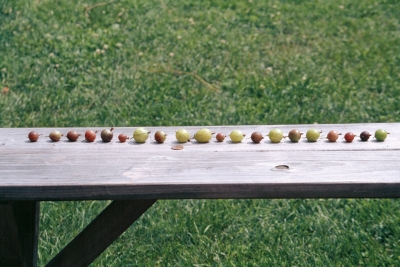
Some of my gooseberry varieties
HEY BUD
/8 Comments/in Flowers, Fruit/by Lee ReichBudding Interest
Winter is a good time to look at some of the finer details of trees and shrubs — their buds, for example. Buds!? Bo-o-o-oring, you say? Not really, if you take the time to appreciate details such as their shapes, colors, and textures.
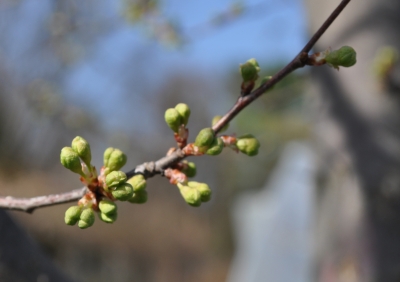
Plum buds about to pop
Buds can do more than just help you wile away winter hours. They can disclose a plant’s identity as well as foretell for you what what’s in the offing for the upcoming growing season as far as flowers and fruits. Read more
TINY TREES
/3 Comments/in Houseplants/by Lee ReichBackground
I was admiring my bonsai and thinking what it was going to need in the coming months, so decided to share the process, the plant, its evolution, and needs with you.
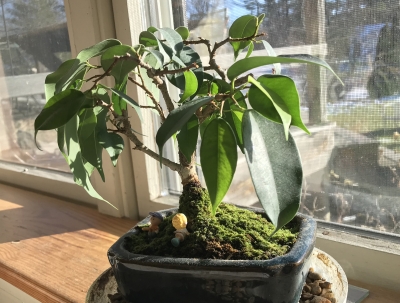
My weeping fig
(Some of what follows is briefly excerpted from my book, The Pruning Book, available directly from me, signed, as well as the usual sources. My updated comments are in italics.)
Bonsai (pronounced BONE-sigh) is the growing of plants, usually woody plants, in shallow pots. The art began in China almost two thousand years ago, then was carried to Japan during the Kamakura period (1180-1333), where it was brought to a high state of perfection.
A bonsai planting portrays, in miniature, a natural theme — the rugged beauty of a gnarled pine on a windswept slope, the tranquility of a grove of larches, the joyousness of spring in the cascading branches of an old fruit tree bursting into bloom. Read more

